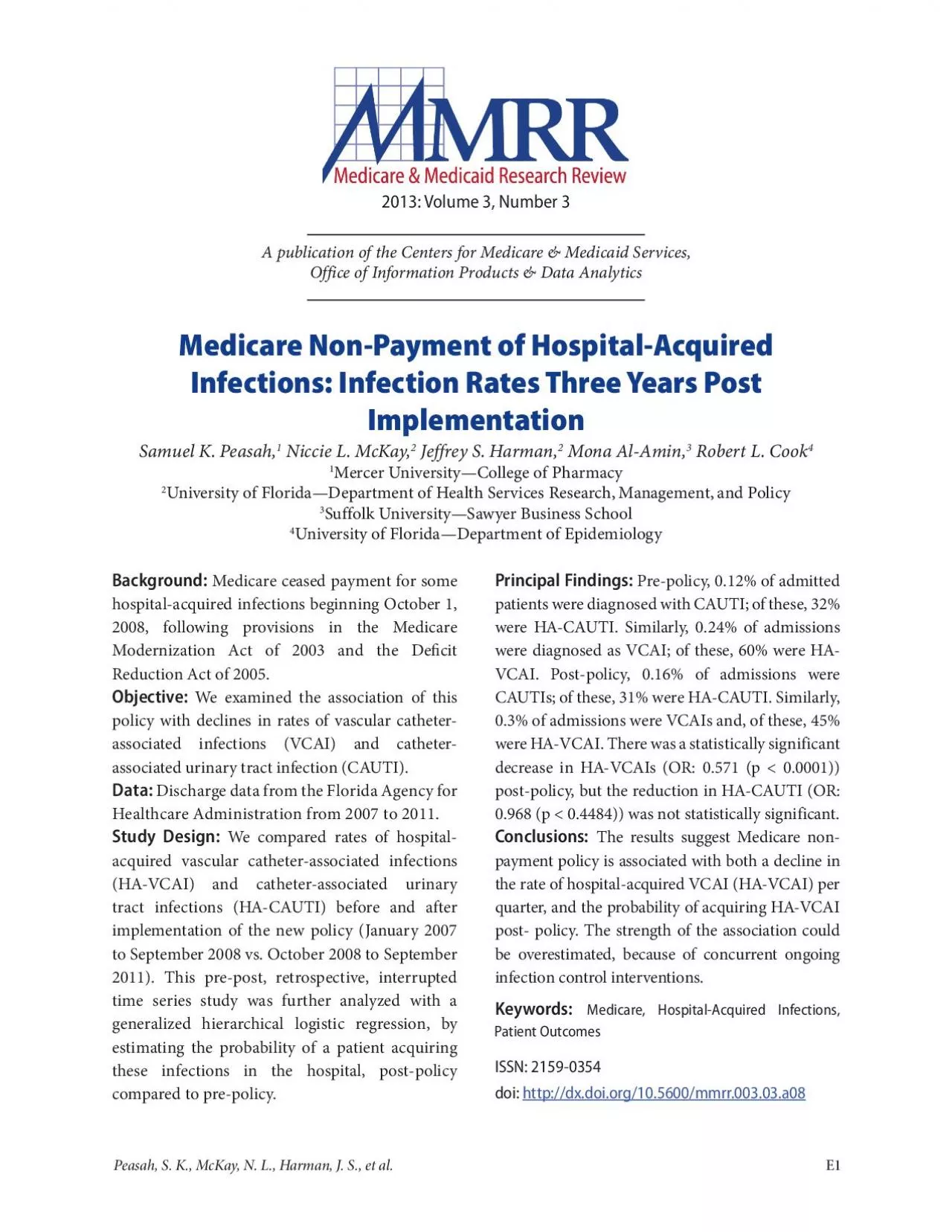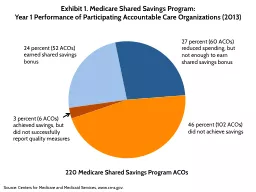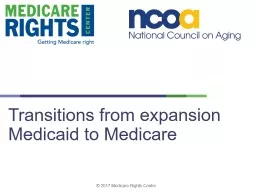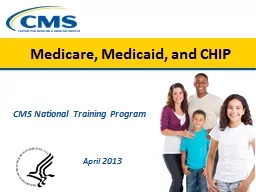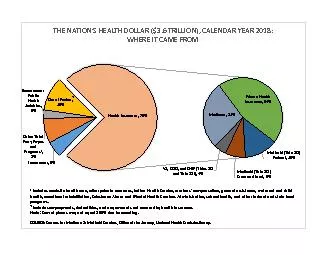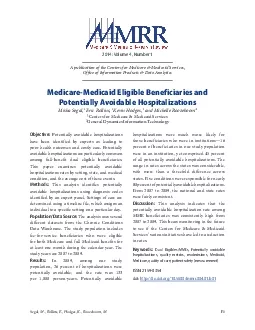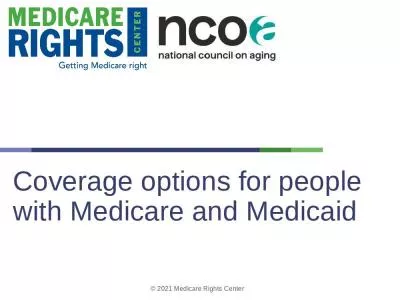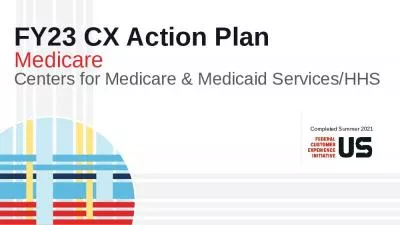PDF-A publication of the Centers for Medicare Medicaid Services31 Of
Author : madeline | Published Date : 2022-10-28
Medicare NonPayment of HospitalAcquired 31Infections Infection Rates Three Years Post 31Implementation31 Samuel K Peasah 1 Niccie L McKay 2 Jeffrey S Harman 2 3
Presentation Embed Code
Download Presentation
Download Presentation The PPT/PDF document "A publication of the Centers for Medicar..." is the property of its rightful owner. Permission is granted to download and print the materials on this website for personal, non-commercial use only, and to display it on your personal computer provided you do not modify the materials and that you retain all copyright notices contained in the materials. By downloading content from our website, you accept the terms of this agreement.
A publication of the Centers for Medicare Medicaid Services31 Of: Transcript
Download Rules Of Document
"A publication of the Centers for Medicare Medicaid Services31 Of"The content belongs to its owner. You may download and print it for personal use, without modification, and keep all copyright notices. By downloading, you agree to these terms.
Related Documents

